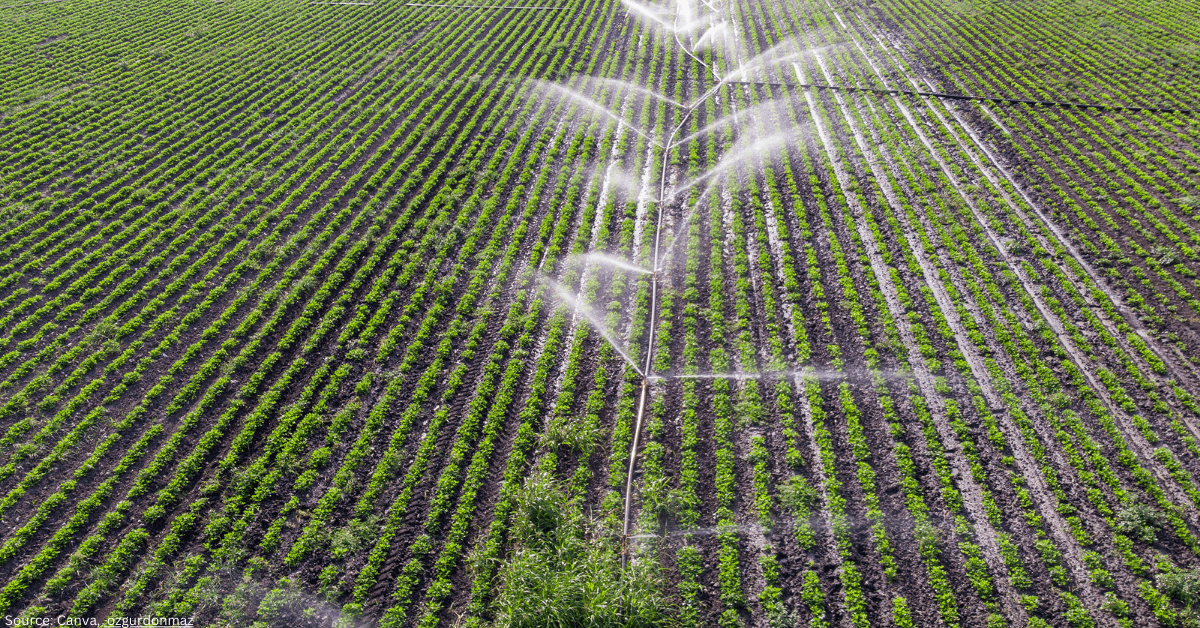Implementing a supply chain risk assessment program in line with Modern Slavery Act 2018 legislation requirements can be relatively straightforward, however the temptation to implement the program without basic planning can result in inefficiencies and missed opportunities for organisations. Organisations that plan and implement a risk assessment program early are more likely to develop better practices in monitoring, analysing and managing the risk of modern slavery in their supply chains. Organisations that delay implementing a risk assessment program may be required to outsource their risk program to consulting firms to manage (a costly exercise) or face a potential breach of their legislative obligations.
This article focuses on four critical areas to be covered in planning to ensure effective program implementation. If planning is not effective there is a much greater risk of an increase in costs due to additional time and resources spent implementing the program. Figure 1 provides an overview of a sustainable procurement risk assessment framework that can be used to assess the risk of modern slavery in your supply chain (in order to meet the Modern Slavery Act 2018 legislation requirements).
Risk Assessment Approach
Figure 1: Sustainable procurement risk assessment framework
Four stages of preliminary planning
1. Supply chain strategy
An organisation’s supply chain strategy will assist in determining the method and level of risk analysis, monitoring, and managing. In Figure 2 the organisation has its supply chain transparency in the distracting quadrant as it has a very low level of supply chain assessment but its corporate social responsibility policies disclose a medium to the high level of ethical sourcing. In this case, the organisation needs to decide whether to increase its level of supply chain assessment or decrease its level of disclosure in its corporate social responsibility policies.
The organisation’s supply chain disclosure (refer figure 2) is in the critical quadrant as there is a high risk of unethical sourcing in its supply chain and value to the company is high if poor practices are exposed. In this case, the organisation needs to decrease its level of risk in its supply chain by a greater degree of assessment or review how to manage value risk to the organisation.
Figure 2: Supply chain transparency and disclosure matrix (example: organisation).
2 Internal project lead and team
Meeting modern slavery legislative requirements impacts multiple areas of an organisation – legal, corporate social responsibility, human resources, and supply chain (operations and procurement). Each business area can have substantially different perspectives on modern slavery risk and how it should be assessed, managed and monitored. A project lead and team at the general manager (or equivalent) level from each nominated business unit will promote and facilitate the smooth execution of the risk assessment program.
3 Framework
Establishing a framework is essential in effective sustainable procurement[4]. The project team establishing the organisation’s relevant entities, structure, and supply chain[5] will assist in the effective execution of its sustainable procurement risk assessment framework (refer figure 1). Often relevant entities will own or control other entities within the organisation. The supply chain of each of these entities needs to be included in the risk assessment. Legal and finance teams can validate the entity structure that needs to be included in the framework.
The framework will include the following
- Business units (entities) for assessment
- Risk indicators to be measured
- Supplier risk – internal data sources
- Internal risk assessment scope
- Tools for risk analysis and assessment
- Self-assessment criteria
The project team needs to be aligned with the framework prior to seeking approval from the leadership team to ensure effective program execution.
4 Executive leadership approval
The challenge in adopting sustainable procurement is being able to effectively articulate the value it provides to the organisation. Implementing sustainability often suffers when the leadership team does not support it. Irrespective of an organisation’s decision to maintain low levels of supply chain transparency and disclosure, an initiative of sustainable procurement risk management needs to articulate the value of sustainable procurement and an outline of the plan to drive increased supply chain transparency and disclosure for the organisation. There are three key drivers to sustainable procurement – risk, cost, and revenue. Risk in relation to the Modern Slavery Act 2018 legislation requirements is the primary focus of the approval submission, while other elements such as damage to a company’s brand image and reduction in transactional costs[9] are invaluable inclusions. The project lead needs to articulate how the sustainable procurement risk assessment framework (refer figure 1) will improve supply chain transparency and address the risk of modern slavery. These measures will facilitate expediency in the approval process from the executive leadership team (or equivalent).
Vital Ingredients for Successful Strategic Planning Change
































































Follow us on social media